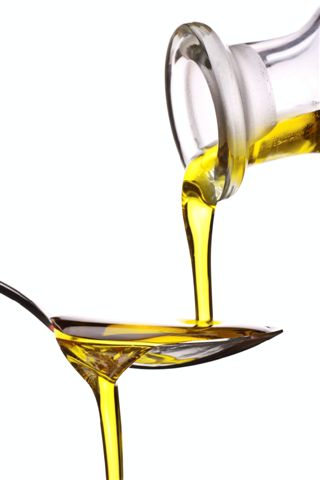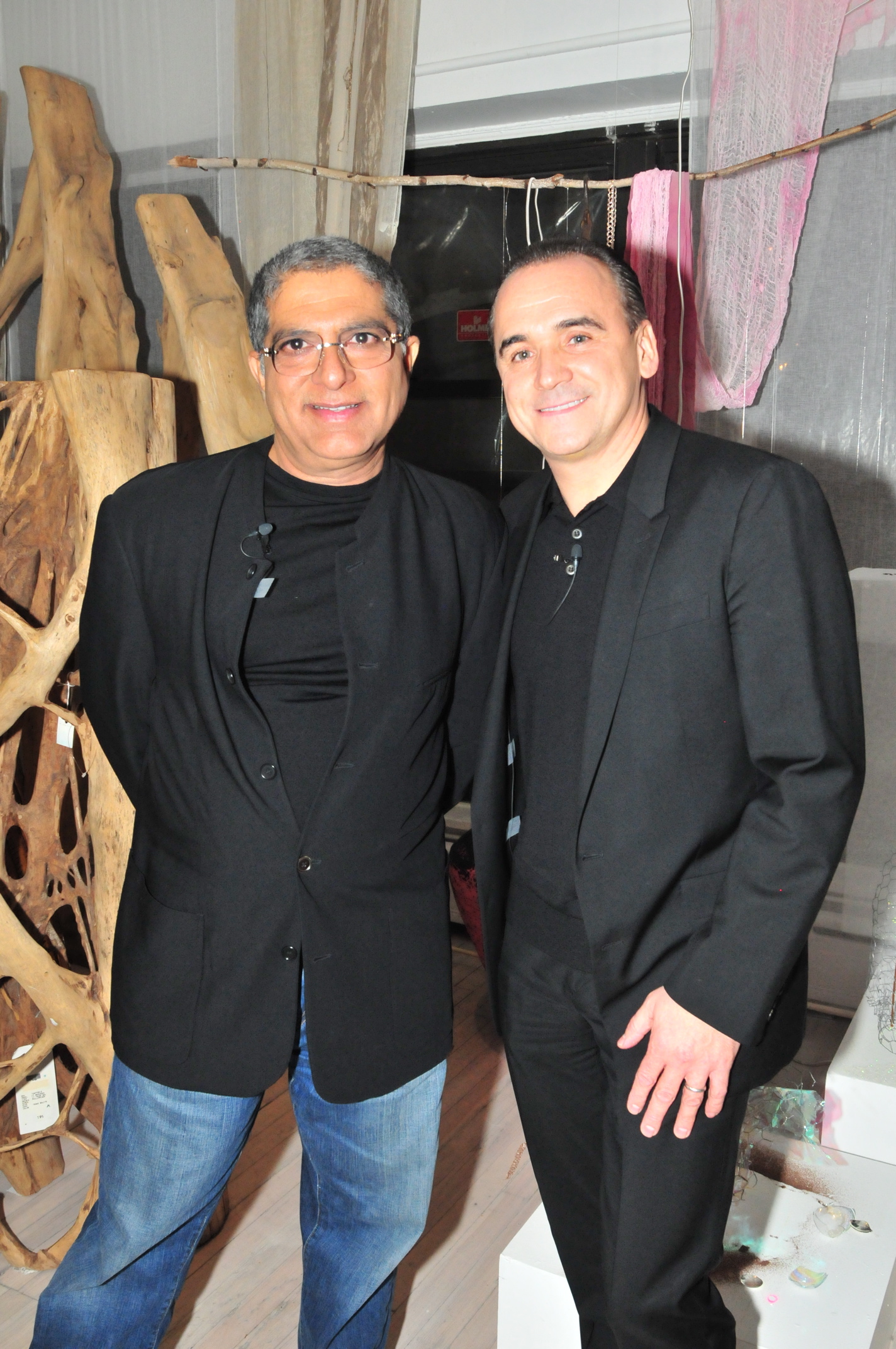 Chile has emerged as the promised land for premium extra-virgin olive oil, the kind of unconventional gift that leaves a lasting impression on your palate and finesse on your dinner table. Green and wet as droplets of morning dew, olive oil from Chile boasts a tree-to-bottle experience right in the orchard. A bit poetic perhaps, but the tiny country is counting on its miraculous climate and feral "terroir" to hoist its sparkling olive oil onto the world market. Where to start? At Todd English's restaurant "Olives" in New York City.
On a clear night in June in New York City, 30 journalists and eager foodies sat at one long table to sample the inspired food of Chef English, but more importantly to learn why Chile has landed as prize winner in international competitions -- titles previously held by the more familiar domains of Italy, Israel, and even the U.S. The ring leader in the effort is Hugo Regojo, a Spaniard no less, who turned down a coveted life in the Foreign Service to become a farmer. He has joined the ranks of other pioneers, modern Chilean "Olivareros," to cultivate the riches of Chile's Central Valley.
Chile has emerged as the promised land for premium extra-virgin olive oil, the kind of unconventional gift that leaves a lasting impression on your palate and finesse on your dinner table. Green and wet as droplets of morning dew, olive oil from Chile boasts a tree-to-bottle experience right in the orchard. A bit poetic perhaps, but the tiny country is counting on its miraculous climate and feral "terroir" to hoist its sparkling olive oil onto the world market. Where to start? At Todd English's restaurant "Olives" in New York City.
On a clear night in June in New York City, 30 journalists and eager foodies sat at one long table to sample the inspired food of Chef English, but more importantly to learn why Chile has landed as prize winner in international competitions -- titles previously held by the more familiar domains of Italy, Israel, and even the U.S. The ring leader in the effort is Hugo Regojo, a Spaniard no less, who turned down a coveted life in the Foreign Service to become a farmer. He has joined the ranks of other pioneers, modern Chilean "Olivareros," to cultivate the riches of Chile's Central Valley.
Olive oil is a sacred food (or ingredient) and so I pay close attention to it. I also happen to love it. At home I use only two kinds of oil and they are both olive oils. A regular blended oil from a good producer, and extra-virgin olive oil -- from Italy, California, Israel, Greece, Spain, or sometimes France, when I can find it. Yet I am intrigued with the new offering from Chile with its golden-greenish hue, notes of almonds and artichokes, and its fresh "alive" quality. Many years ago I tasted a similar "freshness" at the Antinori estate in Italy. They had just developed the technology to "freeze" their exquisite oil almost immediately after extracting. At room temperature, the olive oil tasted almost "molecular" -- an exaggeration of itself. It was nice to get reacquainted with that decisive palate memory many years later.
Olive oil was first mentioned in the Hebrew bible in the 13th century B.C. -- and there is evidence that it has been around a lot longer than that -- as far back as 4000 B.C. As we now know, it is extremely healthy -- high in antioxidants, and monounsaturated fats -- particularly oleic acid -- and cancer-fighting polyphenols. But buyer beware. There are too many flawed olive oils on the market that suffer from rancidity and fustiness -- a word used by olive oil experts to define the "off" flavor caused by anaerobic fermentation of the olives before they are milled. Rancidity, on the other hand, is the result of a secondary oxidation process resulting in a strong smell of paint or varnish.
Chile is selling its premium extra-virgin olive oil to chefs in great restaurants and it is slowly appearing on supermarket shelves. Since the olives are harvested, cold-pressed, and bottled right at the orchard with every bottle you know you're getting just their olives -- and so it has integrity. You are not getting a blend of olives from all over the world, like I discovered in the brand I was using! The climate in Chile is perfect -- cold rainy winters and hot, dry summers let olives reach their optimum maturity -- revealing the great taste and perfume of the fruit (remember olives are fruits). It is also one of the few countries which is free from the dreaded olive fruit fly (bacteria) which severely affects the quality of the oil.
I use olive oil for everything and I bake with it all the time. In my book Eat Fresh Food, my daughter and I invented a lovely Italian-style chocolate chip cookie made with olive oil, as well as tender muffins and a delicious zucchini-banana bread. (You can find these recipes on my blog)
Using olive oil in new ways has always fascinated me. I was the first to invent olive oil ice cream in the mid-80s for the International Olive Oil Council. (Pastry chef Meredith Kurtzman makes it at Otto.) I was the first to freeze olive oil to use instead of butter to emulsify sauces and make them healthier. And I often make a quirky recipe from Colman Andrews (adapted from his book Cooking from the Riviera) for hot polenta topped with fresh orange segments and drizzled with extra-virgin olive oil. And that night at Olives, I had a mini martini laced with olive oil from Chile -- and it was very good, indeed.

